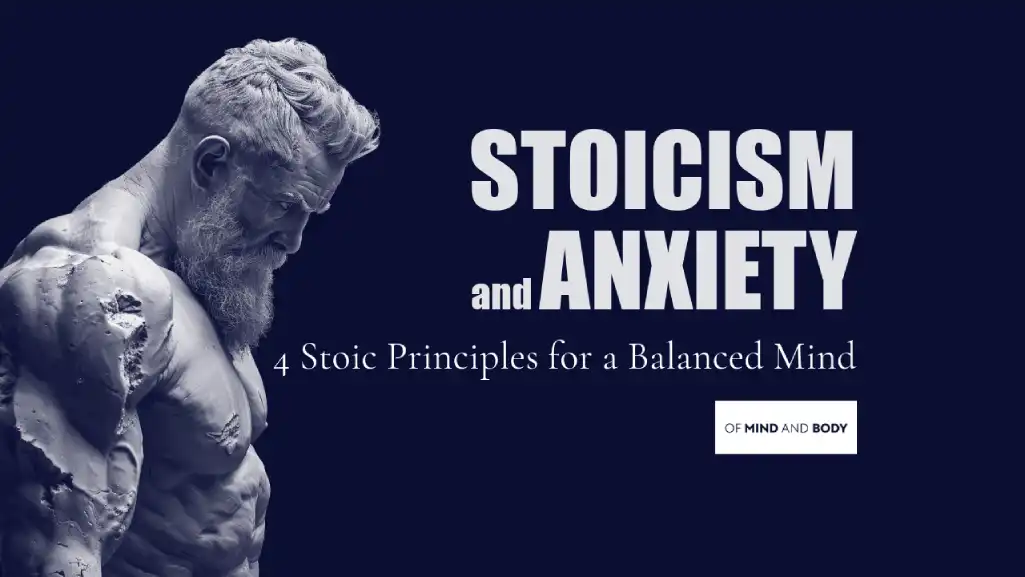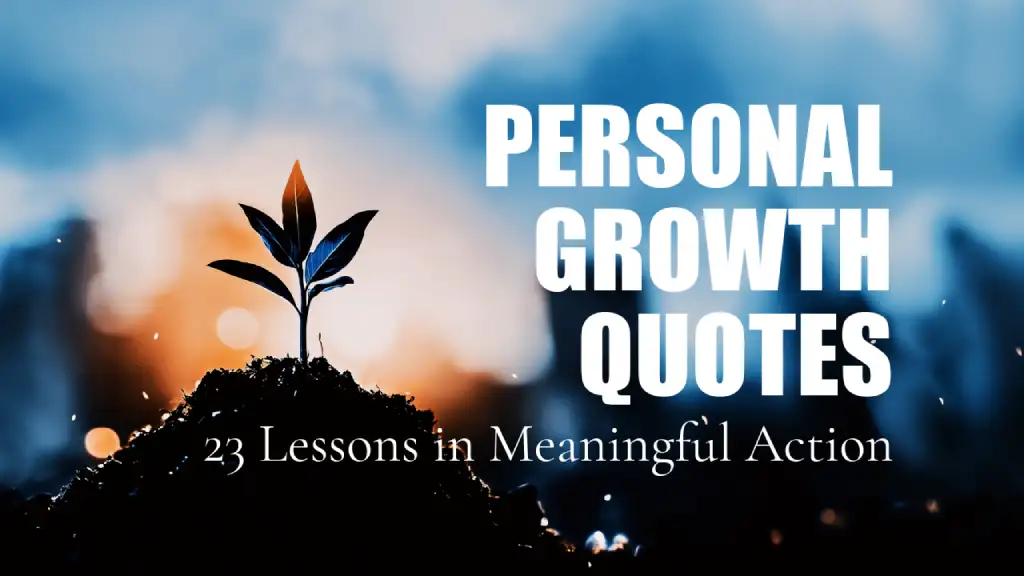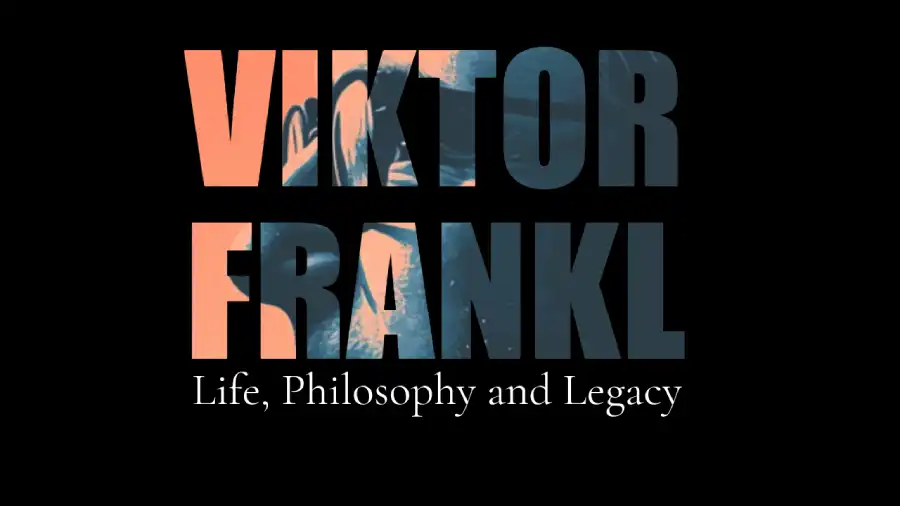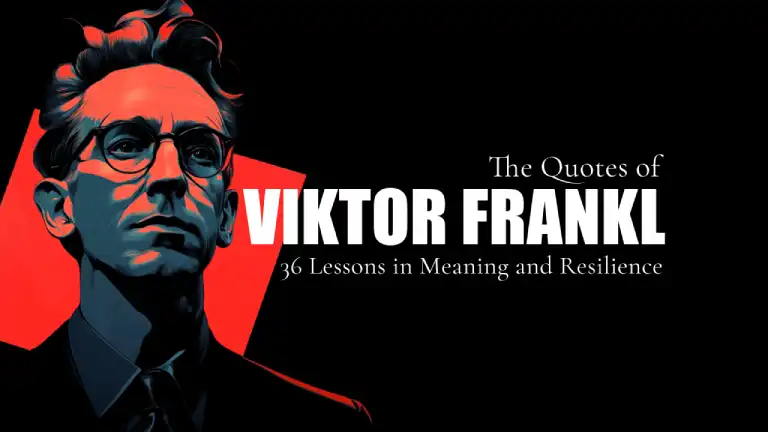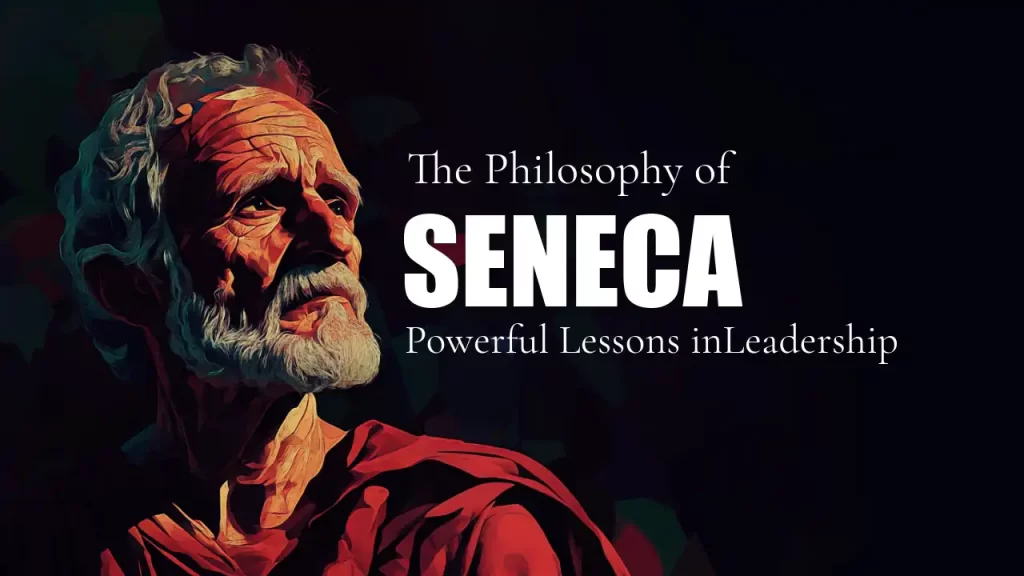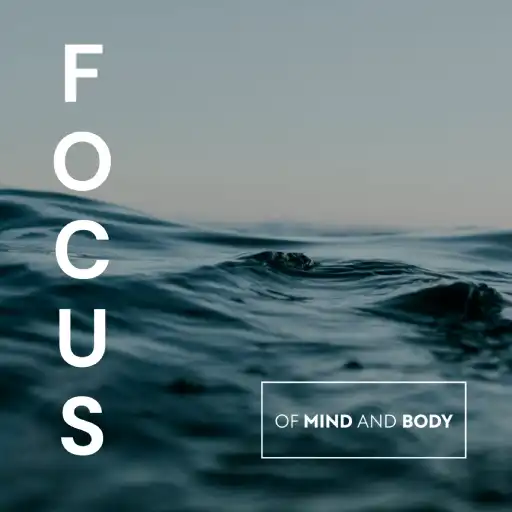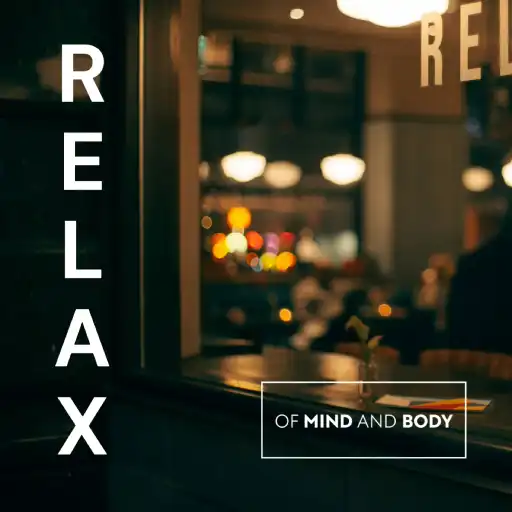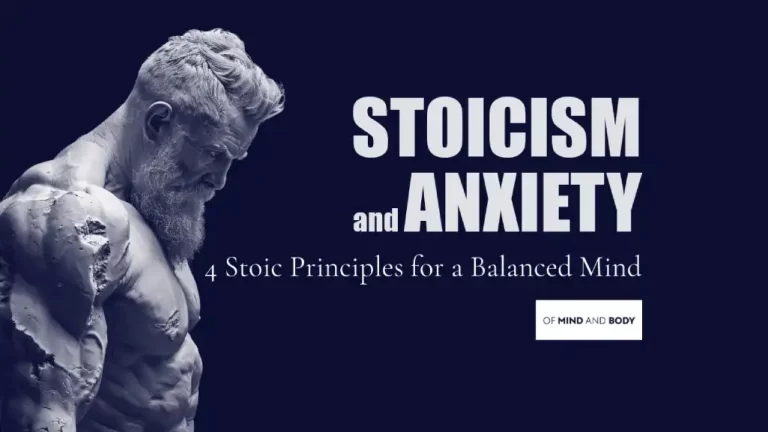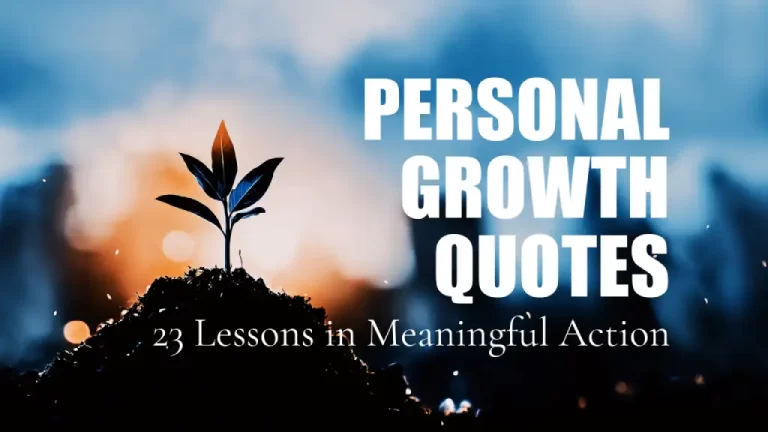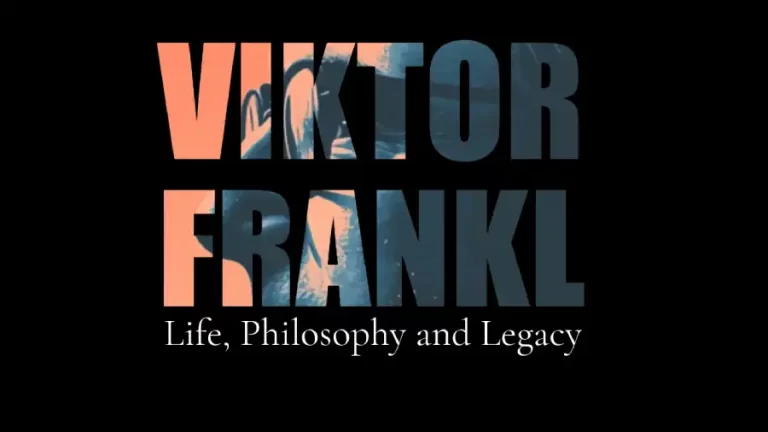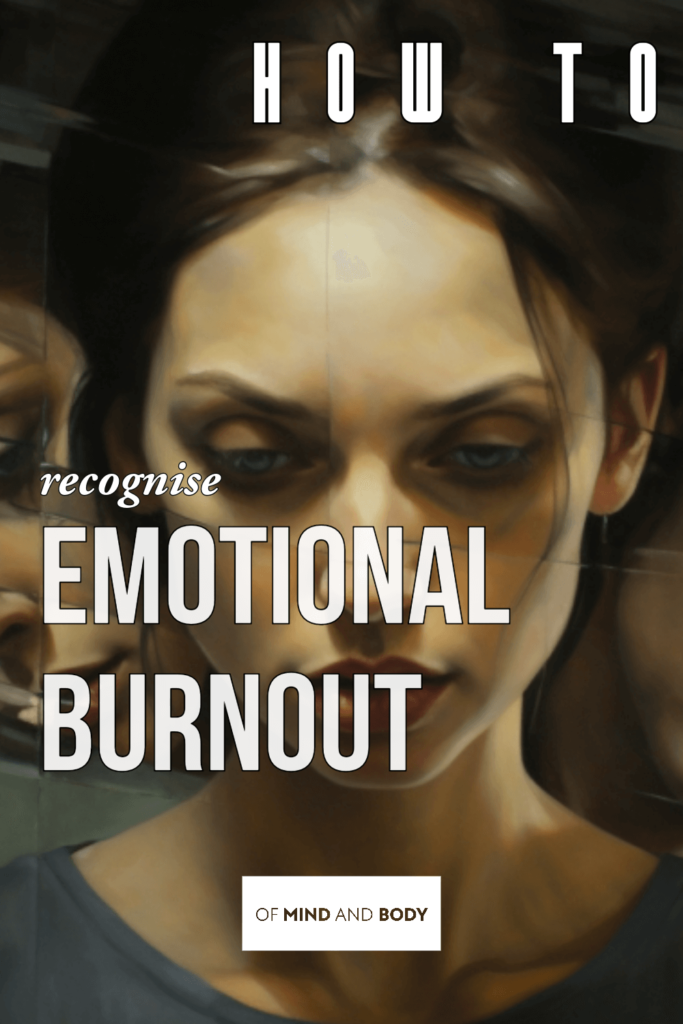
Understanding Emotional Burnout
Emotional burnout, a term often whispered in hushed tones, is a state of chronic physical and emotional exhaustion. It is more than just feeling tired, it’s a deep and lasting kind of exhaustion that affects both the body and mind. Often, when faced with constant stress, our bodies and minds might pull back or shut down as a way to cope, this can be viewed as a protective mechanism, albeit a detrimental one.

The Interplay of Mindfulness and Emotional Burnout
The art of mindfulness, the beacon of self-awareness, provides a distinct perspective on emotional burnout. By grounding ourselves in the present, we sharpen our understanding of our inner emotions. This clarity, fostered by mindfulness, serves as an early warning against the encroaching signs of burnout. However, it’s essential to recognise that mindfulness isn’t just a quick remedy for mental unease. Instead, it should be an ongoing endeavour, a continuous exercise in maintaining awareness of our emotional state, ensuring we guide our emotions rather than being dominated by them.
Emotional Burnout Symptoms: What to Look Out For
The manifestations of emotional burnout are multifaceted. Physically, one might grapple with unrelenting fatigue, sleep disturbances, or even chronic pain. Emotionally, feelings of detachment, pervasive cynicism, and a sense of inefficacy can dominate. On a behavioural front, procrastination, social avoidance, and a stark decline in once-loved activities can be glaring indicators.
10 Signs of Emotional Burnout
- Chronic Fatigue: Feeling tired almost all the time, even after a full night’s sleep.
- Decreased Motivation: A lack of enthusiasm or desire to start new tasks or even to get up in the morning.
- Increased Irritability: Feeling agitated or short-tempered over minor issues.
- Cognitive Difficulties: Trouble concentrating, forgetfulness, or a decreased ability to solve problems.
- Emotional Detachment: Feeling disconnected from others, leading to social isolation or withdrawal from social activities.
- Physical Symptoms: Such as headaches, stomach problems, or unexplained aches and pains.
- Reduced Performance: Struggling to complete tasks, meet deadlines, or produce work at the usual standard.
- Feelings of Ineffectiveness: A sense that nothing you do makes a difference or is appreciated.
- Lack of Joy or Satisfaction: Activities or hobbies that once brought pleasure no longer do.
- Increased Negativity: Pessimism, cynicism, or a general sense of hopelessness about the future.
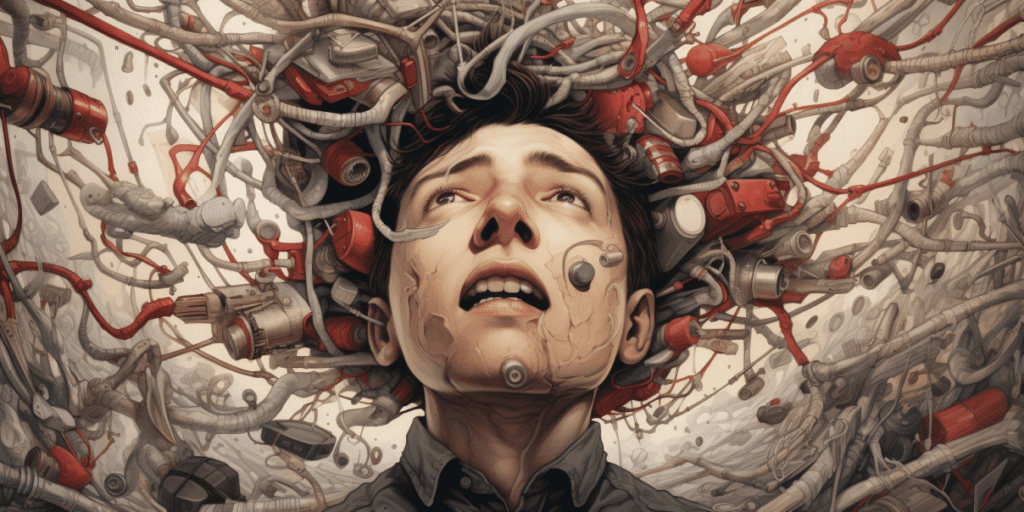
Recognising the signs of emotional burnout in oneself is a commendable act of self-awareness. However, acknowledgement alone may not be the answer. It’s crucial to understand that seeking support during such times isn’t a sign of weakness, but rather a testament to one’s strength and commitment to well-being.
Engaging with a professional, be it a therapist, counsellor, or a trusted confidant, can provide invaluable insights, coping strategies, and a fresh perspective. This collaborative journey of healing not only alleviates the weight of burnout but also equips individuals with tools to navigate future challenges with resilience and grace.
Stoicism and Emotional Burnout: A Philosophical Perspective
Stoicism, the ancient compass of virtuous living, offers solace in the face of emotional burnout. While external events whirl around us, stoicism teaches that our reactions remain within our dominion. By internalising stoic values, we can cultivate resilience, ensuring that even amidst life’s tempests, our internal compass points towards tranquillity.
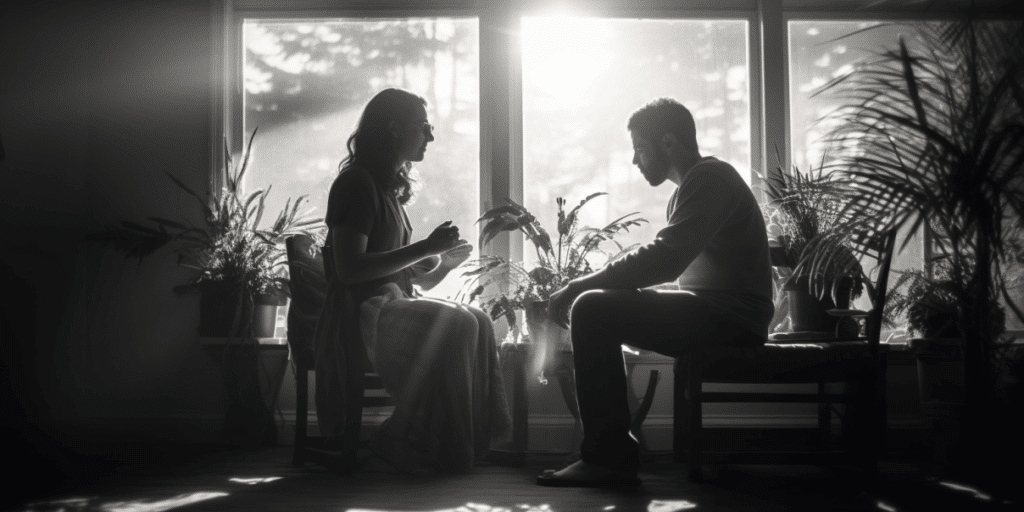
The Role of Cognitive Behavioral Therapy in Addressing Burnout
Cognitive Behavioral Therapy (CBT) offers practical tools to address the foundations of burnout. By confronting deep-seated cognitive biases and reforming unhelpful thought patterns, CBT creates a path towards emotional renewal. This process is much like reshaping our neural connections, promoting thoughts and actions aligned with well-being. Importantly, by reframing recurring challenges, we can lighten the weight of our thoughts, allowing room for a more balanced perspective on our situation.
Emotional Exhaustion Recovery: Steps to Rejuvenate
Recovery from emotional burnout is not a passive process; it demands intention. Prioritising self-care, setting non-negotiable boundaries, and nurturing one’s well-being become paramount. Social connections, often frayed during burnout, need rekindling. Remember, isolation is the fuel of burnout, while connection is its antidote. Moreover, adopting a growth mindset, one that sees challenges as opportunities, can be the salve to the wounds of burnout.

Holistic Approaches to Combat Emotional Burnout
A holistic approach, intertwining the teachings of mindfulness, stoicism, and CBT, can be the bulwark against emotional burnout. Beyond the mind, our physical health—exercise routines, dietary choices, and sleep patterns—plays an instrumental role. And while these self-guided strategies are potent, seeking professional guidance, when burnout’s grip tightens, is both wise and commendable.
Conclusion: The Journey from Burnout to Mental Harmony
In the labyrinth of life, emotional burnout can be a daunting adversary. Yet, with the combined might of mindfulness, stoicism, and CBT, we possess the tools to navigate this maze. As we continuously tread the path of self-discovery and resilience, let us remember that every step taken is a stride towards a more centred, resilient, and enlightened self.


